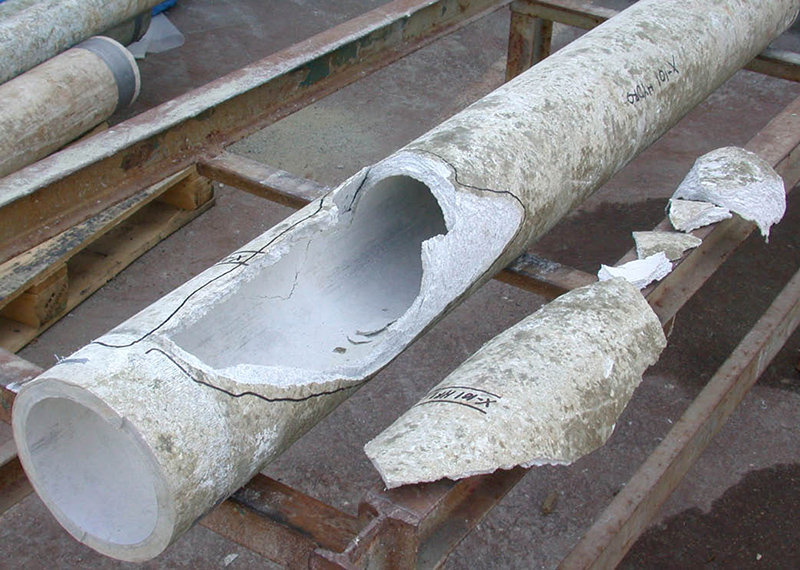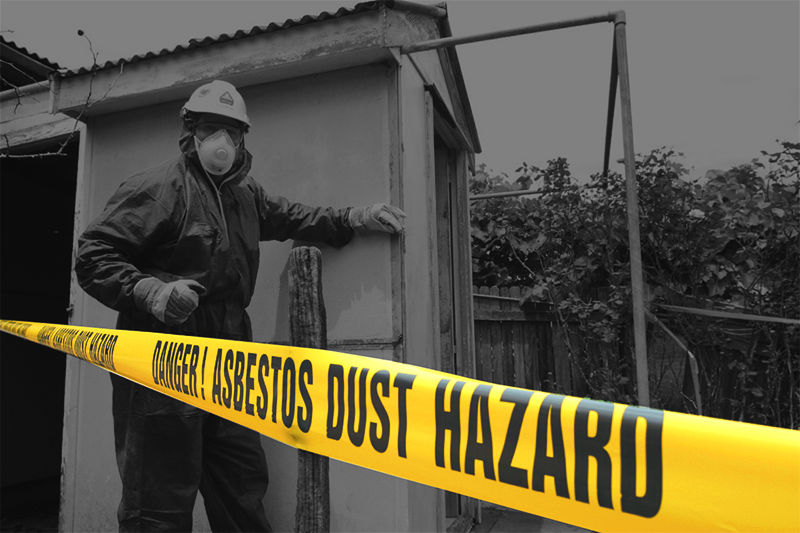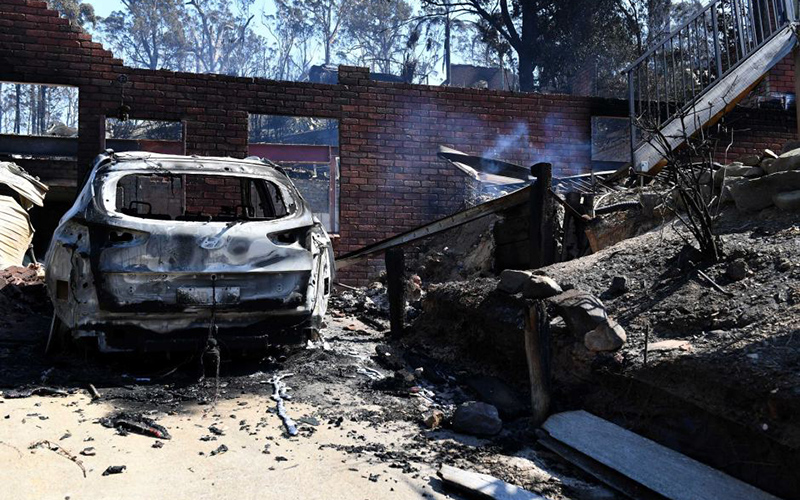When Hurricane Matthew swept through Cuba’s Guantanamo province late last year, stories about how Cuban companies were making and distributing building materials to help the victims quickly made it into the nation’s news cycle.
Whenever the country is ravaged by a hurricane, one of the most repeatedly broadcast images on Cuban television is that of factories churning out asbestos-cement roofing sheets. Largely an exercise in morale boosting, these images of industrious factory workers working hard to manufacture roofing materials for those in need warms the heart of the nation.
But there’s a slight problem…
As is well known in most of the developed world, asbestos causes a wide variety of health problems if inhaled as it doesn’t dissolve or break down. This is because asbestos particles do not evaporate into air and don’t dissolve in water, meaning they linger around for a long time and are easily carried by wind or water. Drinking water can contain asbestos, especially if water pipes are made out of fibre cement.
Piping made from asbestos fibre cement.
The link between exposure to asbestos and diseases such as lung cancer has been known since 1935. In 1991, the World Bank decided not to finance the manufacture or use of products containing asbestos. This subject shocked the world again in 2001, after the World Trade Centre collapsed, when asbestos dust was released into the air.
By means of a European Union (EU) directive, all of its member states have had to ban the sale or use of any kind of asbestos since 2005, and in 2006, the EU launched a campaign with the bold motto: “Asbestos is deadly serious!”
Inhaling abestos dust can lead to a variety of serious health problems.
The World Health Organisation, international medical institutions and US regulatory authorities have drawn up a list of products that contain asbestos and cause cancer in humans. The use of asbestos has been banned in every developed country for decades now, although asbestos use continues in some developing countries, such as the aforementioned Cuba.
The international ban on asbestos is governed by the Rotterdam Convention (in effect since 2004), signed by over 100 member states, but not without controversy as some countries still mine and produce asbestos.
Fortunately here in Australia, there has been a full ban on asbestos since 2003, and we sincerely hope Cuba, and the rest of the world for that matter, follow suit soon.






